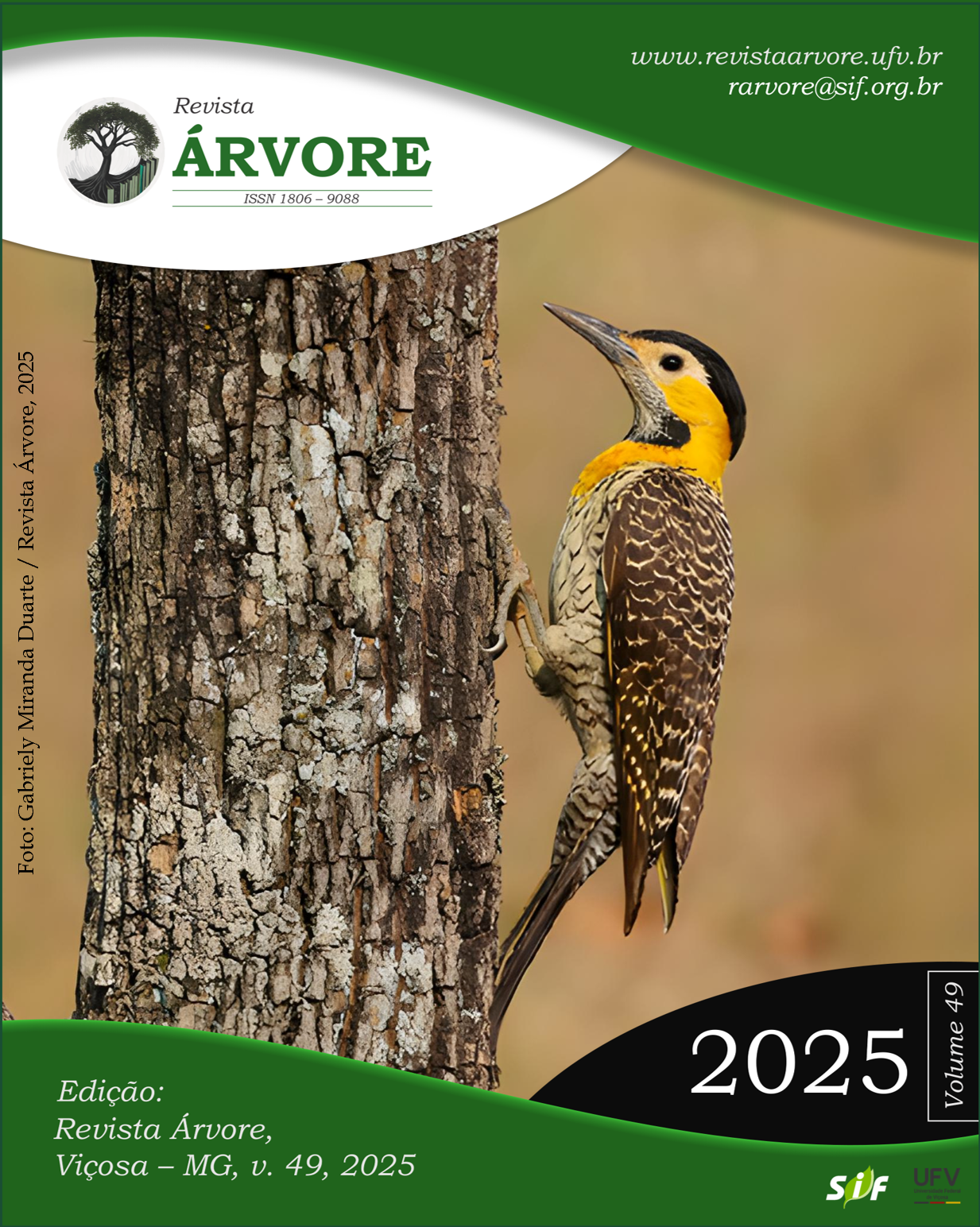Federal protected areas in Brazil and Italy: A comparative analysis
DOI:
https://doi.org/10.53661/1806-9088202549263847Keywords:
Environmental legislation, International comparison, ConservationAbstract
Protected areas (PA) play a crucial role in preserving global biodiversity and ecosystem services. They ensure the protection of endemic species, preserve sensitive environments, and, in some cases, contribute to the livelihoods of local communities. Currently, there are 265,908 protected areas across 245 countries and territories, covering 16.64% of the planet's land and 7.74% of its marine areas. This article compares national legislation on PA in Brazil and Italy, evaluating their alignment with IUCN standards. In Brazil, Law No. 9,985/00, which establishes the National System of Conservation Units (SNUC), regulates protected areas, while in Italy, Law 394/91 guides the classification and management of these areas. The classifications of both countries were analyzed based on the framework established by the International Union for Conservation of Nature (IUCN) and its World Commission on Protected Areas (WCPA). Brazil's nomenclature shows greater similarity to the IUCN standard, although it is not fully adopted, and includes a greater number of classifications than the standard. Italy strictly follows the exact number of categories established by IUCN criteria and has a nomenclature that largely differs from the IUCN standard. Adopting a more standardized nomenclature between countries facilitates international comparisons and promotes a more effective exchange of knowledge on management practices.
Keywords: Environmental legislation; International comparison; Conservation
Downloads
Published
How to Cite
Issue
Section
License
Copyright (c) 2025 Revista Árvore

This work is licensed under a Creative Commons Attribution 4.0 International License.
All authors agreed to submit the work to Revista Árvore and granted the exclusive license to publish the article. The authors affirm that it is an original work and has not been previously published elsewhere. The scientific content and opinions expressed in the article are the sole responsibility of the authors and reflect their opinions, not necessarily representing the opinions of the editorial board of Revista Árvore or of the Society of Forest Investigations (SIF).








